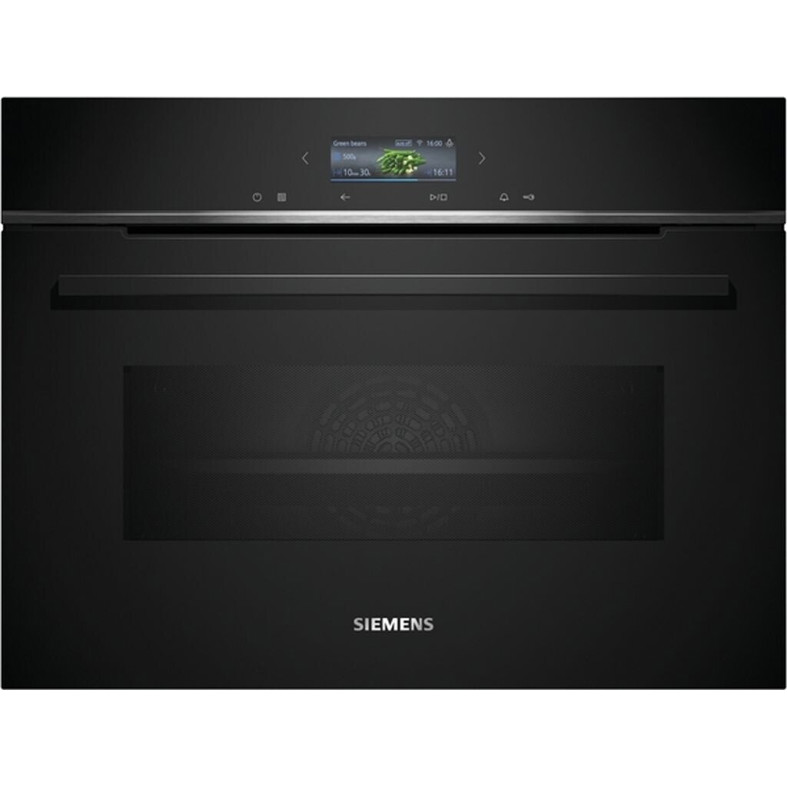Pyrolysis Oven Comparison: A Comprehensive Guide
Pyrolysis is a thermal decomposition procedure utilized to convert natural products into biochar, bio-oil, and synthetic gas. This process needs a specific tool referred to as a pyrolysis oven, which heats up biomass in the absence of oxygen, enabling the breakdown of products without combustion. The marketplace uses a range of pyrolysis ovens fit for various applications, ranging from small lab devices to big industrial makers. This post will provide a detailed comparison of different kinds of pyrolysis ovens, their requirements, applications, and benefits, in addition to a regularly asked concerns section.
Understanding Pyrolysis Ovens
Before diving into contrasts, it is necessary to comprehend the numerous kinds of pyrolysis ovens available. These ovens can be classified based upon:
- Size (laboratory-scale vs. industrial-scale)
- Heating Method (electric vs. direct fire)
- Material (steel vs. ceramic refractory)
Key Features and Specifications
When examining pyrolysis ovens, some critical specifications to think about consist of:
- Capacity: The amount of biomass it can process in a single batch.
- Operating Temperature: The maximum temperature level at which the oven can run.
- Energy Consumption: How much energy the oven utilizes during the pyrolysis procedure.
- Cooling System: The systems in place to cool down the oven post-operation.
Comparison Table of Popular Pyrolysis Ovens
The table below sums up 3 widely used pyrolysis ovens in regards to their requirements, applications, and advantages:
| Feature | Model A | Model B | Model C |
|---|---|---|---|
| Type | Batch | Constant | Small Lab |
| Capacity | 500 kg/batch | 1000 kg/hour | 50 kg/batch |
| Running Temp | 400 ° C | 600 ° C | 300 ° C |
| Energy Consumption | 20 kWh | 50 kWh | 5 kWh |
| Cooling System | Water-cooled | Air-cooled | None |
| Application | Charcoal production | Industrial waste | Research experiments |
| Advantages | High effectiveness | High throughput | Compact style |
1. Model A Pyrolysis Oven
Description: Model A is a batch-type pyrolysis oven advised for small to medium-scale charcoal production. It runs at an optimum temperature level of 400 ° C and boasts an energy consumption of 20 kWh per batch.
Applications: Mainly used in the production of charcoal from biomass feedstocks like wood chips, farming residues, and other organic products.
Benefits:
- High carbon capture performance
- Low functional expenses
- Basic batch processing
2. Design B Pyrolysis Oven
Description: Model B is a continuous-flow pyrolysis oven developed for industrial-scale processing with a capability of 1000 kg per hour. Einbaubackofen Test can reach greater running temperature levels of approximately 600 ° C, making it appropriate for a broader variety of feedstocks.
Applications: Often utilized for waste-to-energy jobs, recycling rubber, and processing agricultural waste.
Benefits:
- Higher throughput compared to batch ovens
- Perfect for constant feedstock supply
- Much better conversion rates for various products
3. Model C Pyrolysis Oven
Description: Model C is a compact, small laboratory oven fit for research and experimental functions, with a lower capability of 50 kg per batch. It operates up to 300 ° C and uses only 5 kWh of energy.
Applications: Used mainly in laboratories for research study and advancement in pyrolysis processes.
Benefits:
- Space-efficient style
- Lower energy requirement
- Perfect for checking different feedstocks
Key Considerations When Choosing a Pyrolysis Oven
Picking the right pyrolysis oven depends on numerous factors. Here's a list of considerations:
- Scale of Operation: Determine the volume of biomass you mean to process routinely.
- Feedstock Type: Different products may need various operating temperature levels and processing techniques.
- Budget: Consider preliminary financial investment expenses and operational expenses.
- Final Result Requirements: Define what you aim to produce-- whether it's biochar, bio-oil, or syngas.
- Space Available: Ensure you have sufficient space for installation and future growths.
- Regulative Compliance: Confirm that the pyrolysis oven fulfills regional environmental regulations and standards.
Regularly Asked Questions (FAQ)
Q1: What are the environmental effects of using a pyrolysis oven?
Pyrolysis ovens can reduce biomass waste, lower greenhouse gas emissions, and produce valuable end products. Nevertheless, proper operation and maintenance are vital to minimize any potential air and water pollution.
Q2: How is biomass prepared before pyrolysis?
Biomass needs to be dried and shredded into consistent pieces to boost the performance of the pyrolysis process. The wetness material should ideally be listed below 20%.
Q3: Can I use several feedstock enters a single pyrolysis oven?
Yes, lots of pyrolysis ovens can manage a range of feedstocks; nevertheless, screening each type independently is suggested to identify optimal conditions and output quality.
Q4: How long does the pyrolysis procedure take?
The procedure can differ significantly depending on the oven type and specifications set. Typically, batch pyrolysis can take anywhere from a few hours to over 12 hours.
Q5: Is upkeep needed for pyrolysis ovens?
Yes, regular upkeep is essential for optimum performance. This consists of cleaning up out residues and looking for wear and tear on components.
In conclusion, picking the ideal pyrolysis oven requires careful factor to consider of specific requirements, applications, and intended outcomes. With various designs available, users can process biomass efficiently while adding to sustainability efforts. Comprehending the crucial specifications, features, and the advantages of various types of pyrolysis ovens is vital in making notified decisions, whether for little laboratory experiments or large-scale industrial operations.

